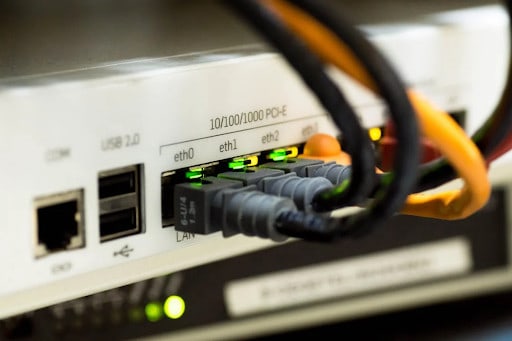
Many small business owners choose to forgo setting up a network for their business because they believe it to be too complex or expensive. However, a small office network can be a great asset to any business, providing employees with the ability to share files and printers, as well as access the Internet from multiple computers.
When building a small office network, simplicity and functionality should be your guiding principles. Choose network hardware that is easy to set up and configure, so you don’t spend hours troubleshooting problems. Likewise, your network should be designed to meet the specific needs of your business. With that in mind, here is a step-by-step guide to setting up a small office network.
Select the right server
To take advantage of file and printer sharing, you’ll need to select a server for your network. For a small office, HP Rackmount servers are a good option. They have been fully tested to work with various networking hardware and software, making them an ideal choice for small office networks.
Both new and used HP Proliant Rackmount servers can be found online, so it’s easy to get one that fits your budget and needs. HP servers also have unsurpassed reliability and performance, meaning you won’t have to worry about data loss or downtime.
Choose your network layout
The first step in setting up your small office network is to create your network layout. This will determine the number and placement of network components, as well as how they will be connected. The most common layout for a small office network is the star topology, in which you connect all computers and devices to a central hub, switch, or router.
Other popular layouts include the bus topology and the ring topology. The bus topology is the simplest of the three, with all devices connected to a single cable. Although this type of layout is cheaper to set up, it is also more prone to failure. The ring topology is slightly more complex, as it uses a token-passing system to control access to the network. This type of layout is less common but can be more reliable than a bus topology.
Decide between wired and wireless
Many small businesses have trouble deciding whether to use a wired or wireless network. Both have pros and cons, so it’s important to evaluate your needs before deciding. While wired networks are typically faster and more reliable, they are also more challenging to set up and require more hardware. On the other hand, wireless networks are much easier to set up but can be less reliable.
Another factor to consider is the type of devices you’ll use on your network. If you plan on connecting mostly laptops and other portable devices, a wireless network might be the way to go. However, a wired network might be better suited for your needs if you have desktop computers that will remain in one place.
Get the right network hardware
Once you’ve decided on the layout and type of network you want, it’s time to start gathering the hardware. For a small office, you’ll need at least one router or switch, as well as network cables and connectors. You’ll also need a wireless access point if you’re setting up a wireless network.
When choosing a router or a switch, make sure to get one compatible with the type of network you’re setting up. For example, you’ll need a router or a switch with Ethernet ports if you’re using a wired Ethernet network.
Set up your network
Now that you have all the hardware you need, it’s time to start building your network. Begin by connecting the router or switch to the broadband modem. Then, use Ethernet cables to connect each computer and device to the router or switch. Make sure you can access the internet from each computer before moving on.
Once all the hardware is in place, it’s time to install the server. You can find detailed instructions on how to do this in the server’s user manual. Once the server is up and running, you can begin installing networking software and sharing files and printers.
Final thoughts
One of the most important business investments you’ll make for your company is your office’s network infrastructure. A properly designed and installed network will save your business time and money while increasing productivity and efficiency.
By following the steps outlined in this guide, you’ll be well on your way to setting up a small office network that meets the needs of your business. And, with a little care and maintenance, your network will continue to serve your business well for years.



